Paraphrasing Renoir’s words “Without tubes of paint, there would have been no Impressionism.”
This alone is enough to establish a comparison to Graffiti, (the vibrant colors, the outdoor painting and the use of new painting techniques and mediums) the short time periods… Never mind the fact that the Impressionists were also neglected, ignored and even rejected by the art society of their time and had to find alternative ways to expose their work. Their answer to these adversities was The Salon Of The Rejects, where they broke barriers and detached themselves further from tradition; this was 139 years ago in 1874.
This attitude paved the way for other movements and techniques that derived from their audacity and defiance of the academy.
So in many ways these same contours can be seen in the Graffiti / Urban Art movement. Simply replace the paint tube by the spray paint and advance a “few” years in history. This cylindrical object revolutionized the way artists could paint. The speed, the colors, the quick dry and permanence of the paint, and portability of the cans changed the game and propelled a whole new technique and “savoir faire” that surfaced from the walls of our metro poles.
Despite of its concept dating back to 1790, and various attempts at reaching a result that could be commercialized it wasn’t until the mid 70’s that all the elements (environment friendly propellants, clog free valves, mixing peas etc…) came together to industrialize the spray paint. It was at this same time period that the first graffiti manifestations started to appear on walls (no use in dwelling into the idea that graffiti originated in pre-historic times and so on and so on… we are talking about Graffiti as an art movement and not the isolated act of randomly scribbling on a wall). As the Hip Hop subculture grew and gained massive popularity so did Graffiti and names like Lee Quinones, Fab 5 Freddy, Jean-Michel Basquiat, Keith Harring among others started to be recognized by their peers as pioneers of a new art movement that took the world by storm and spread its tentacles from the subway trains of New York to a brick walls all over the world.
In fact its actually normal that a movement with illicit work in the public space as its favored medium and roots in illegal activities would have a hard time being viewed as art and accepted as such but its slowly coming along so don’t be surprised if in a few decades your children or grandchildren will write an essay on Barry McGee, Revok, Aryz, David Choe, or Roid like we did on Claude Monet, Edgar Degas, Paul Cézanne or Vincent Van Gogh…
Just appreciate the spectacle, its not everyday that an art movement that will go down in history emerges in front of our eyes…
On top: Mural by Revok. Below: Starry Night by Van Gogh

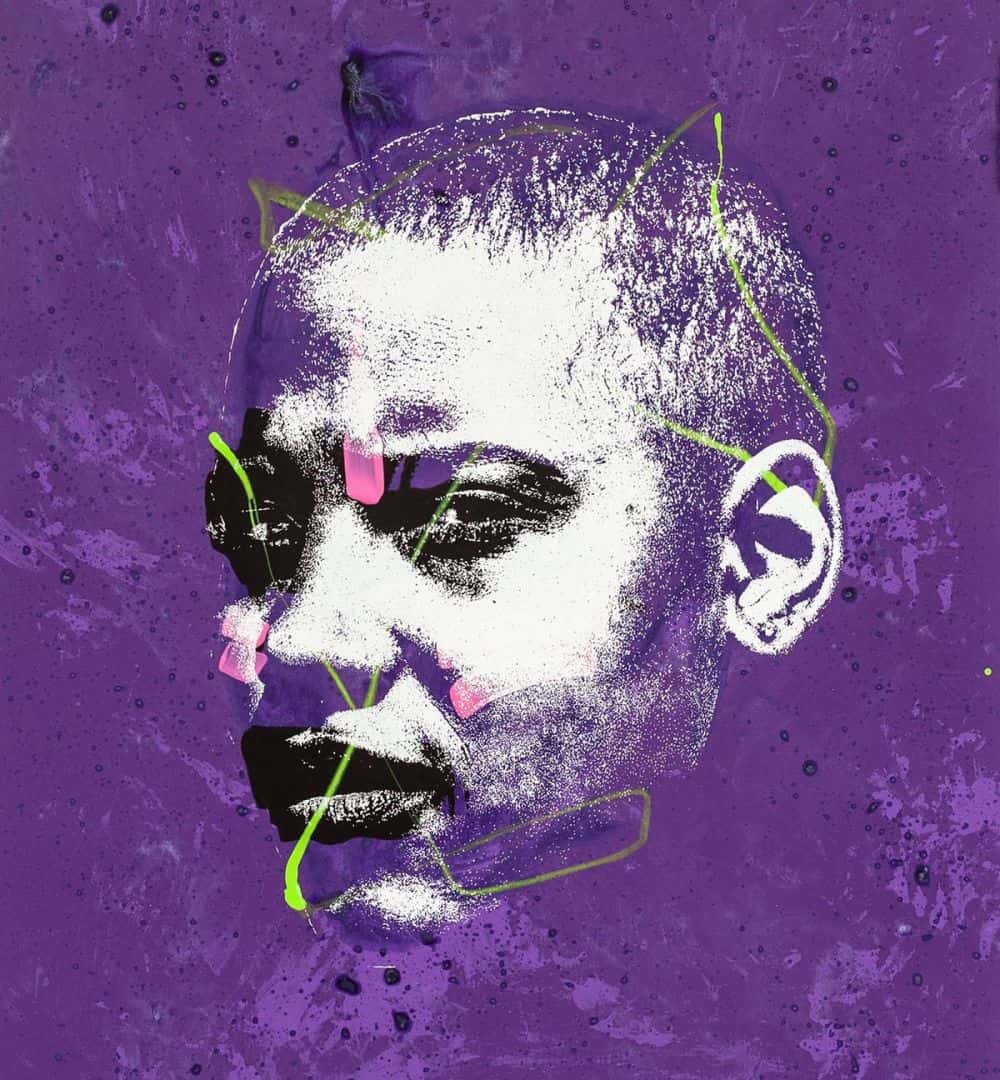
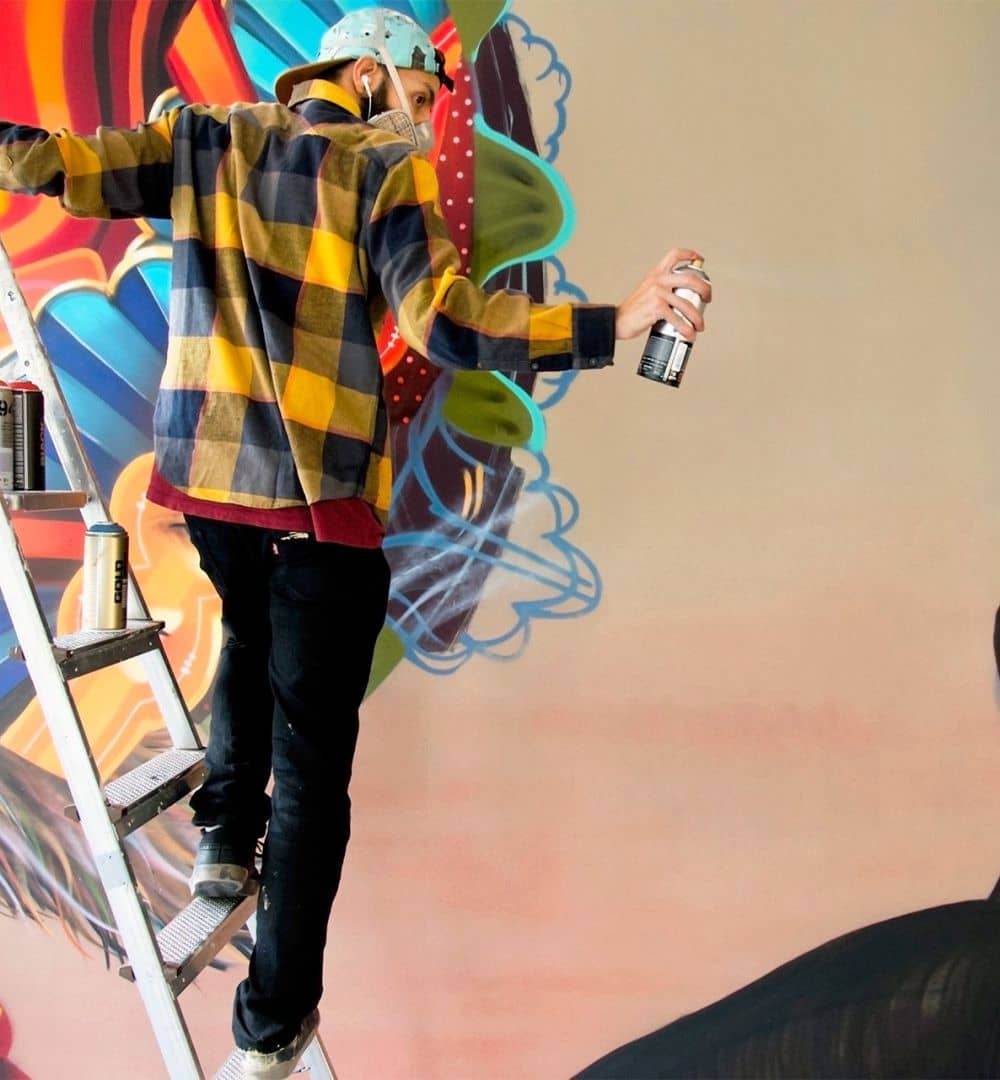
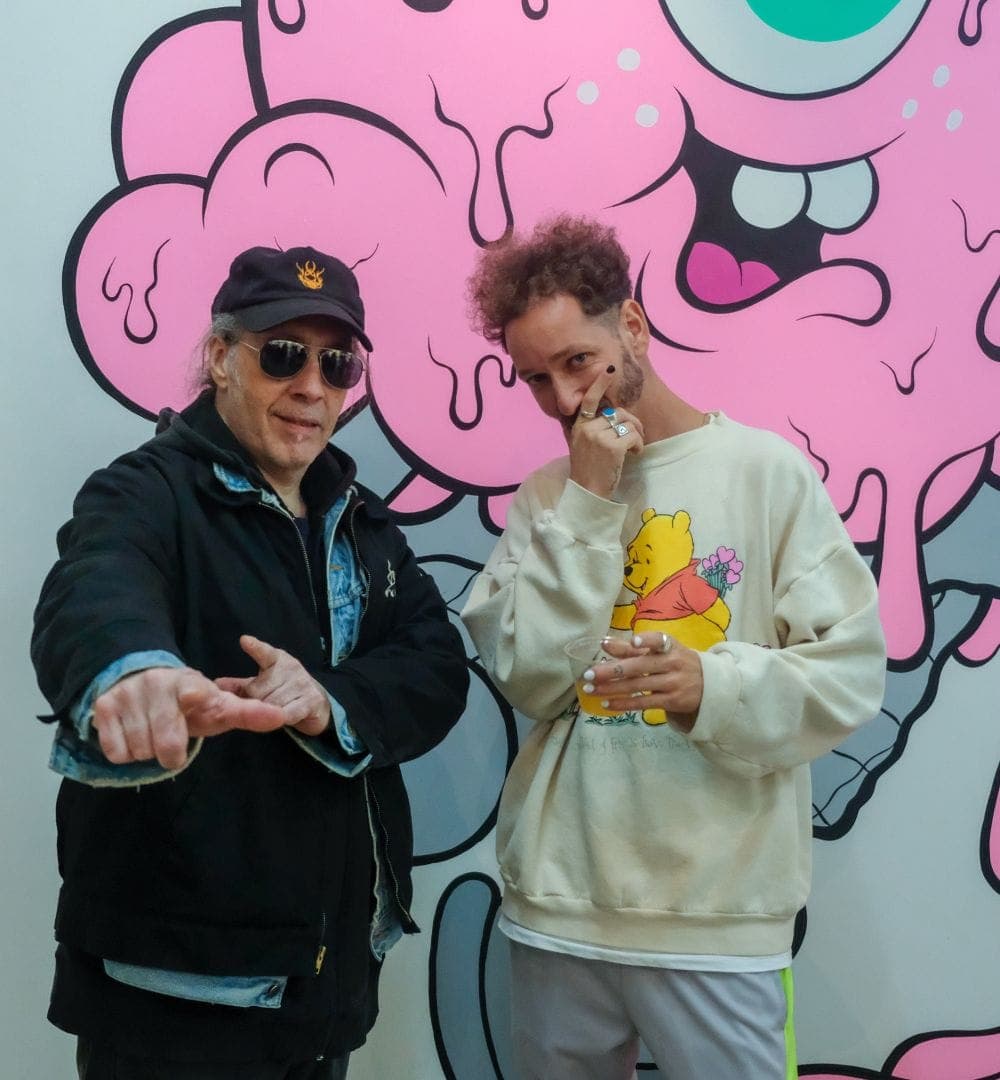
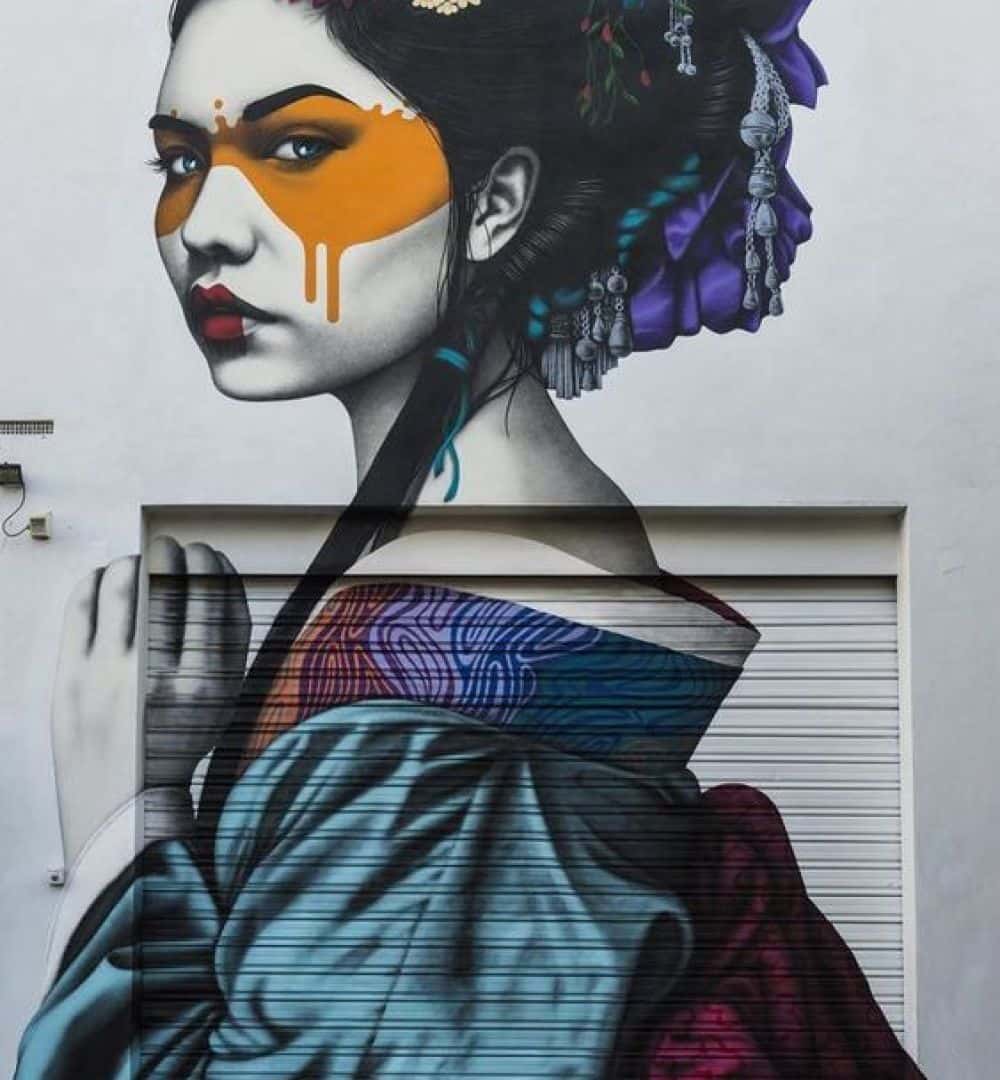

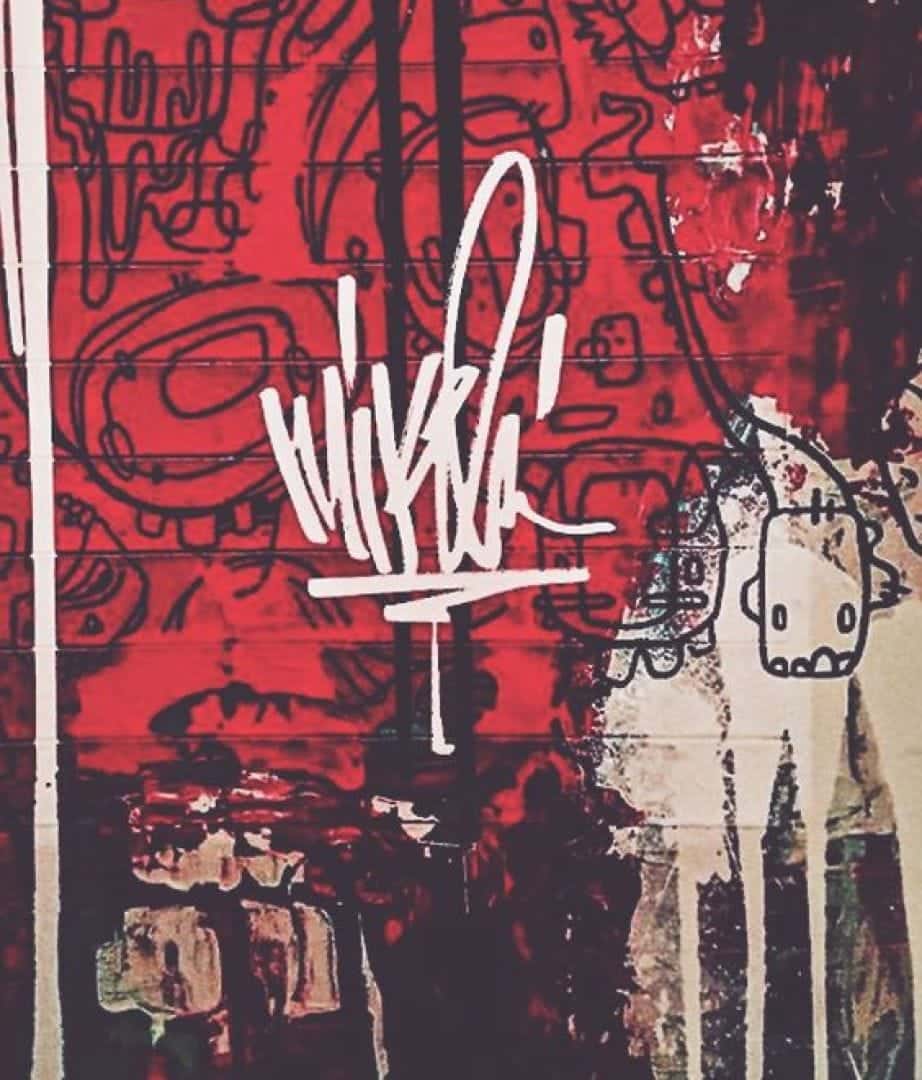
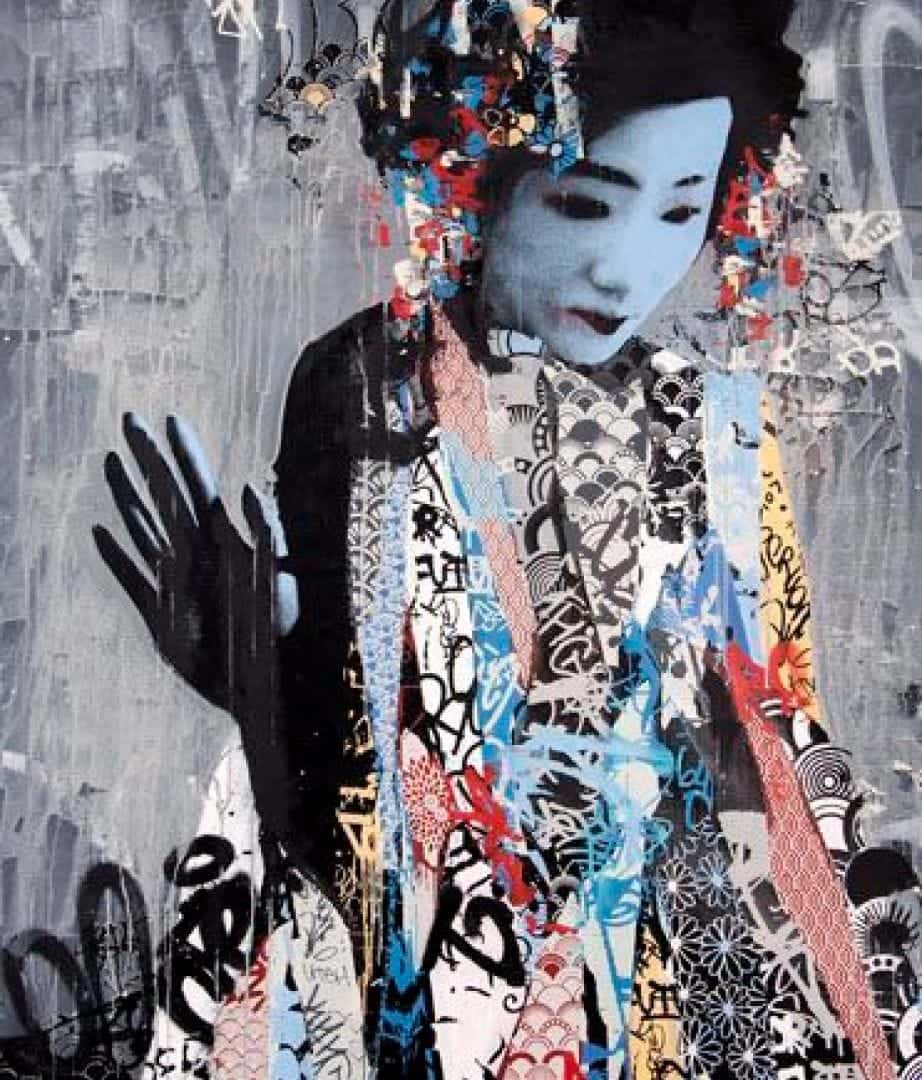
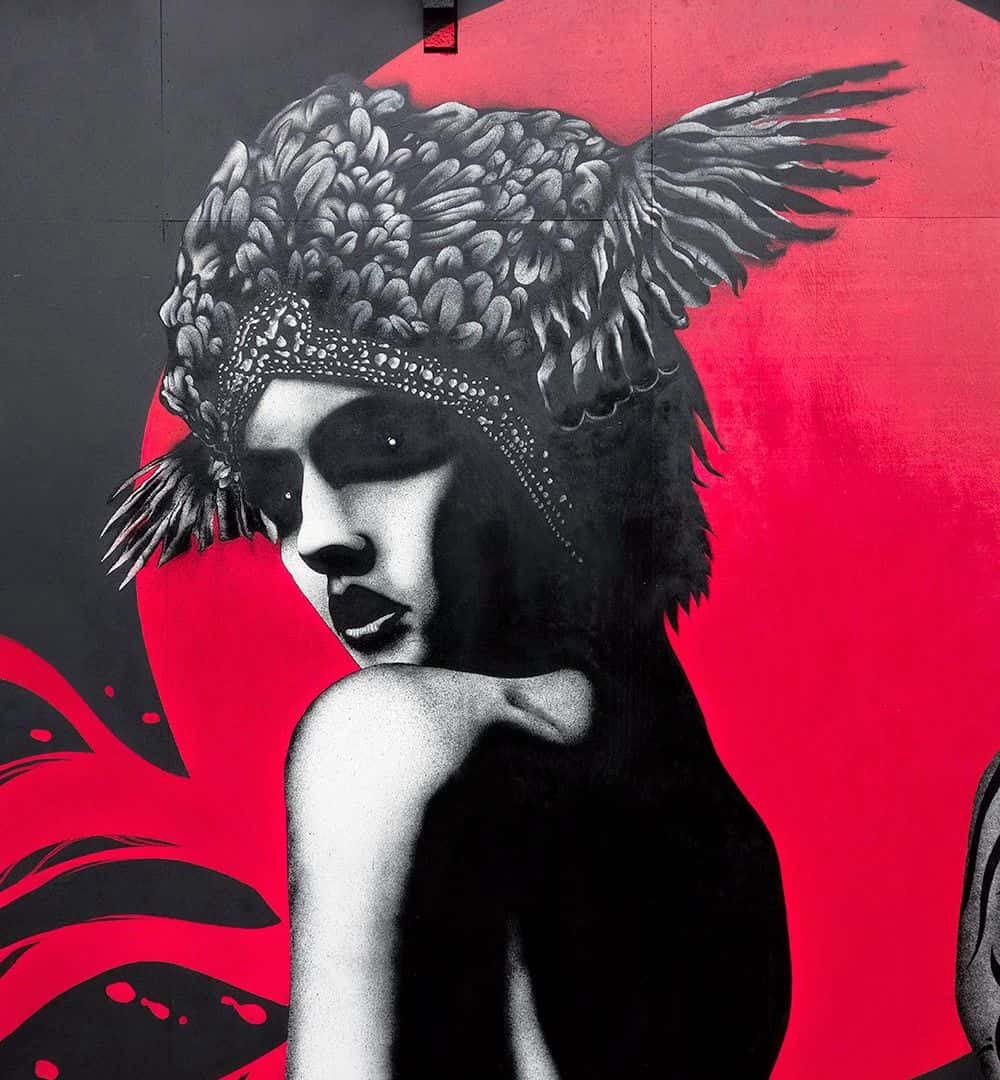
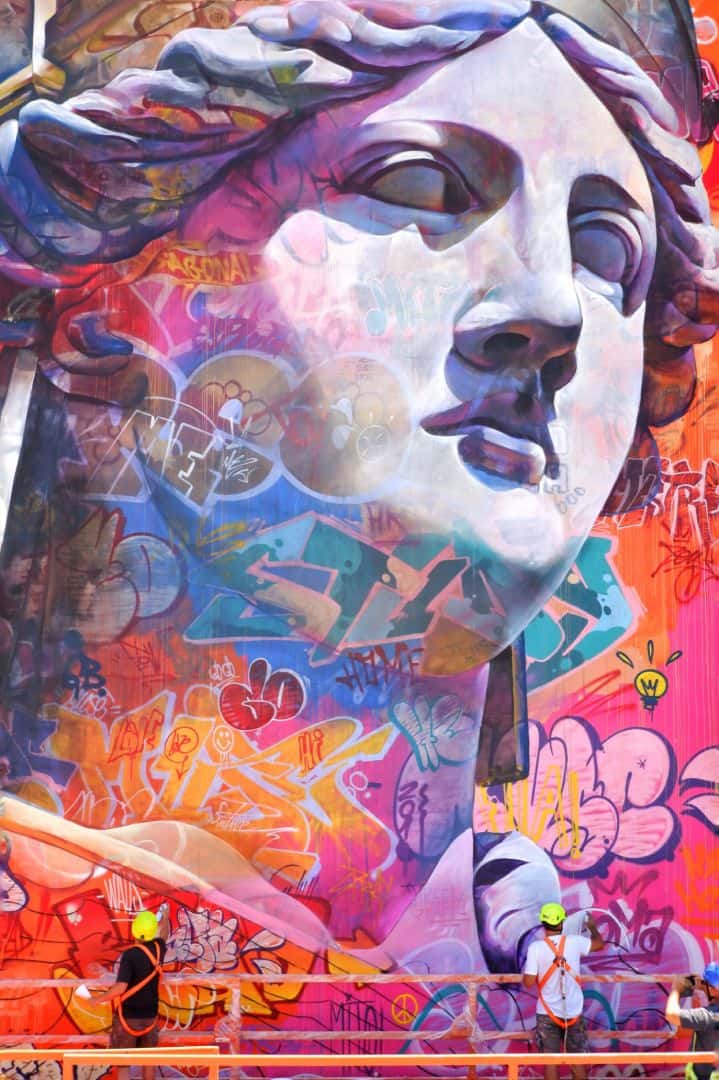









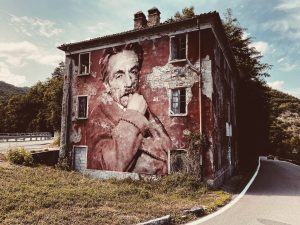
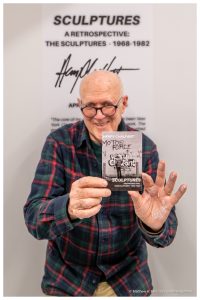
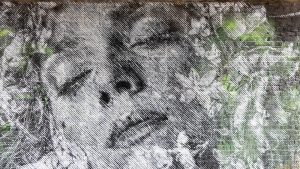
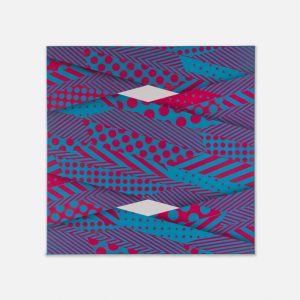
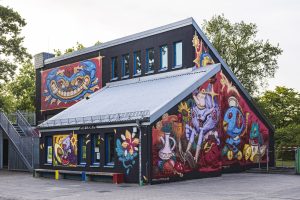
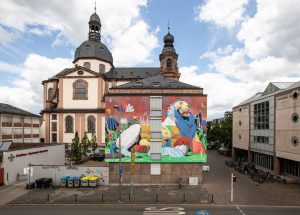
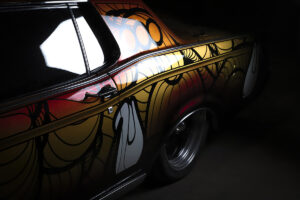

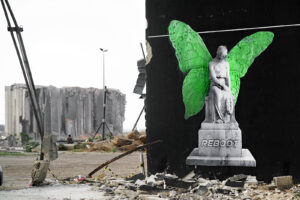
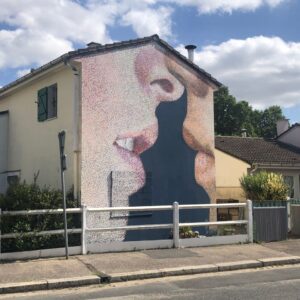
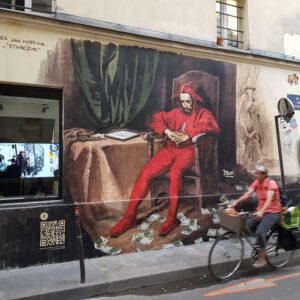
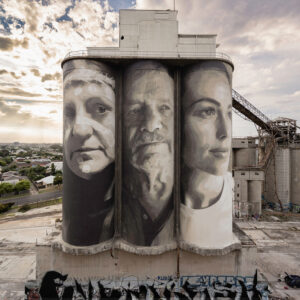
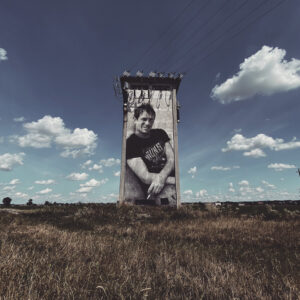
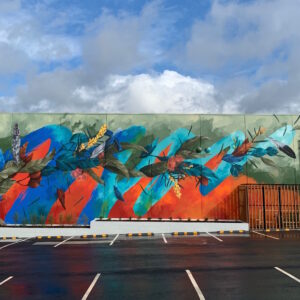

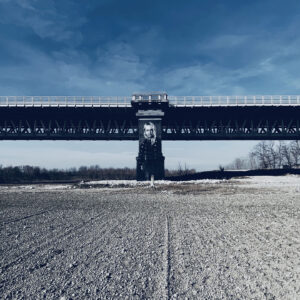
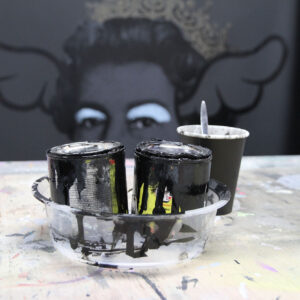
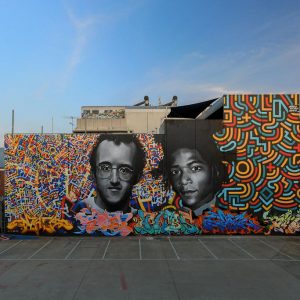
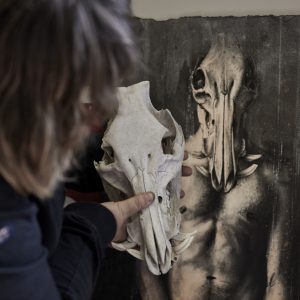
comment